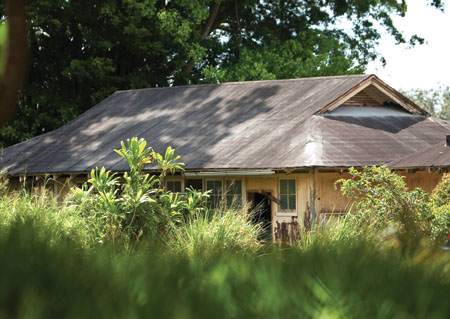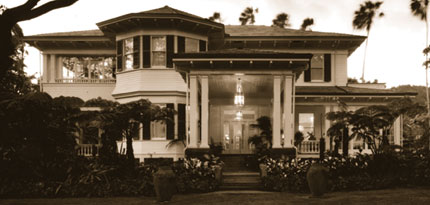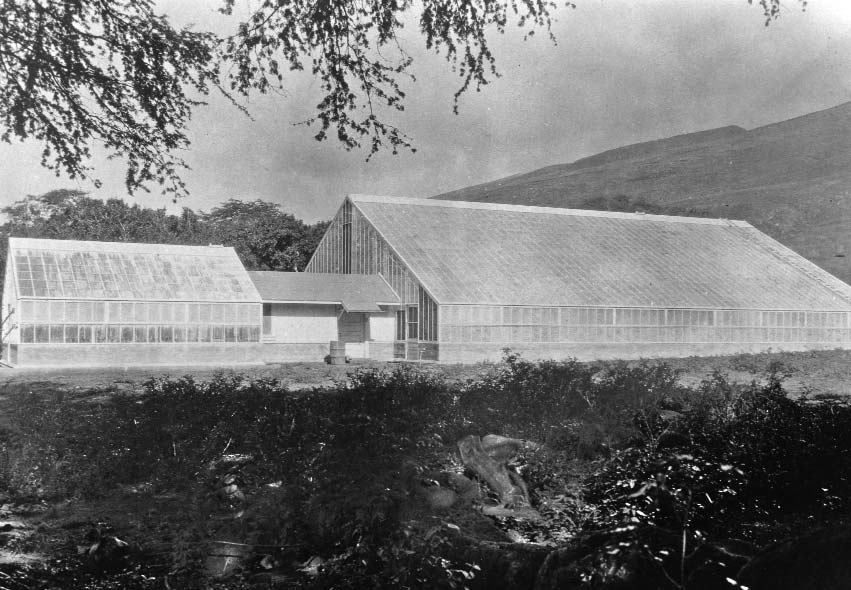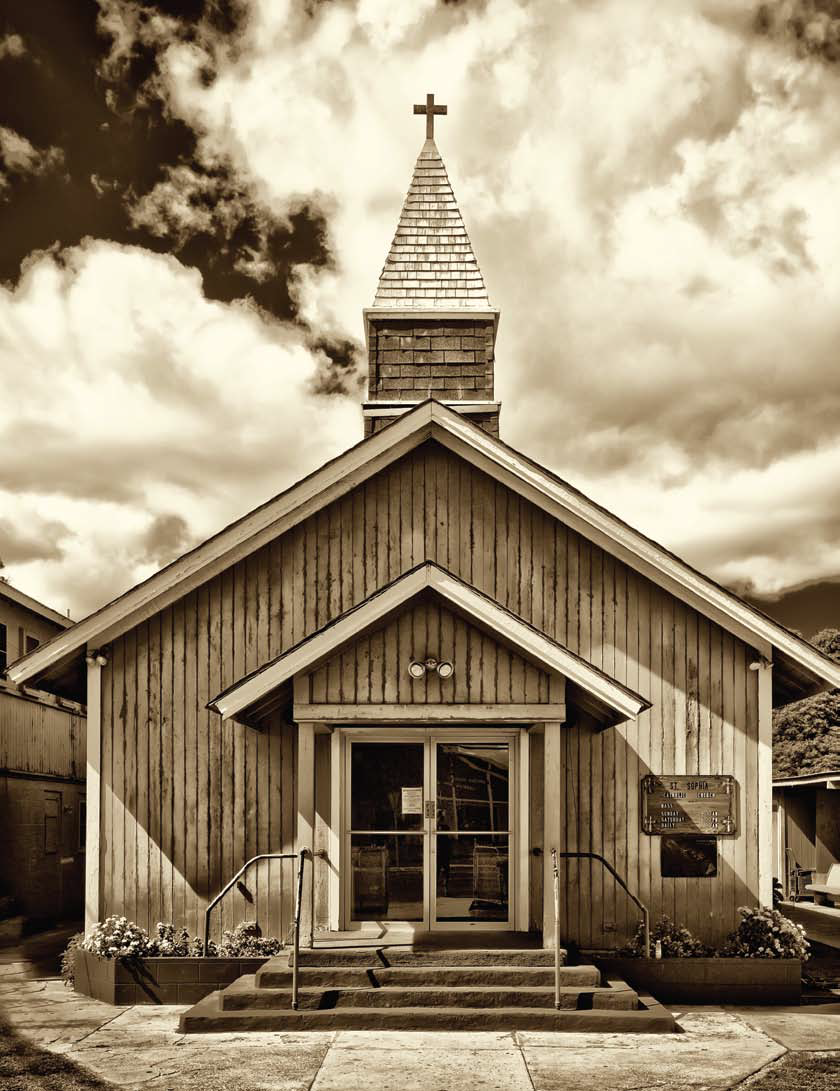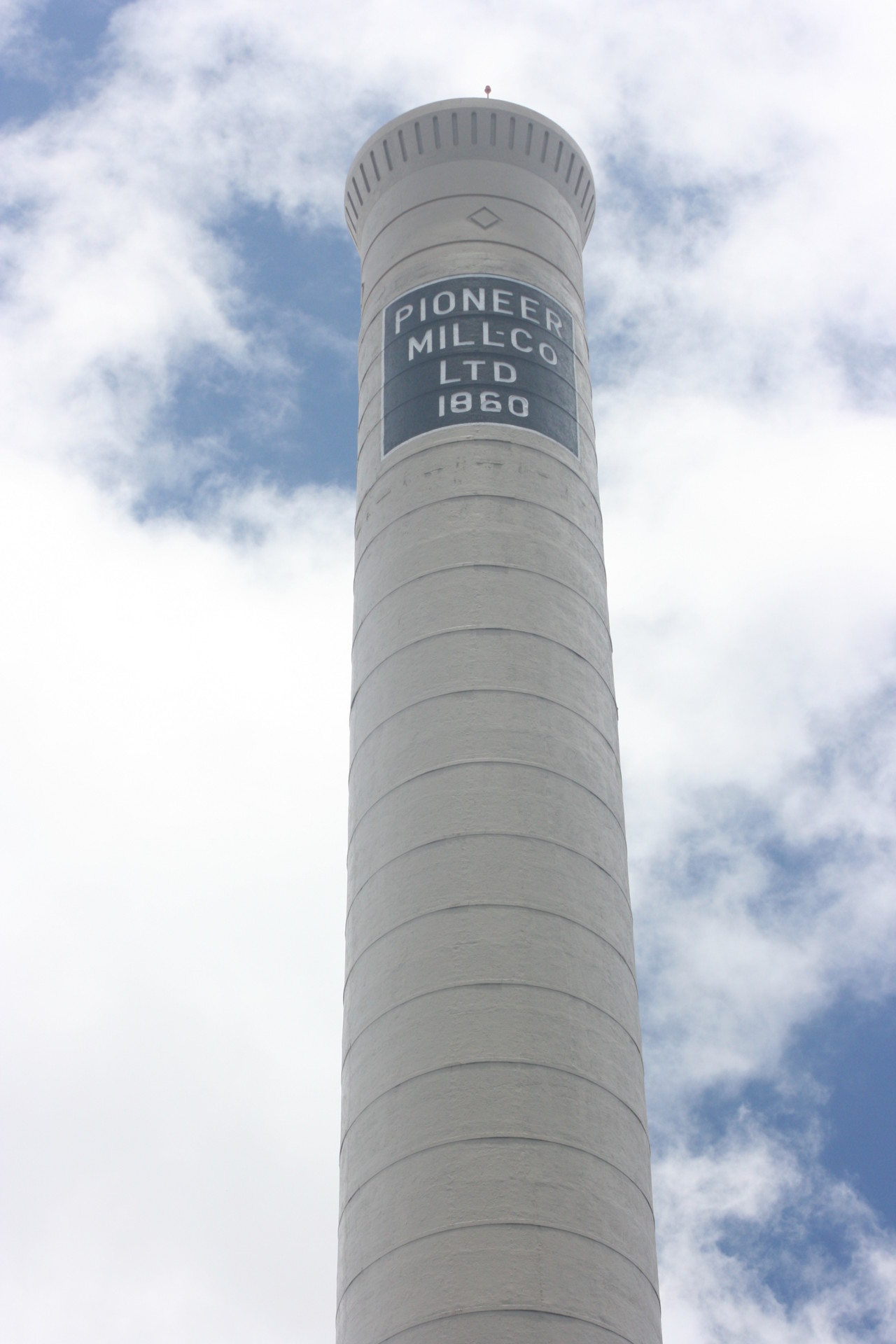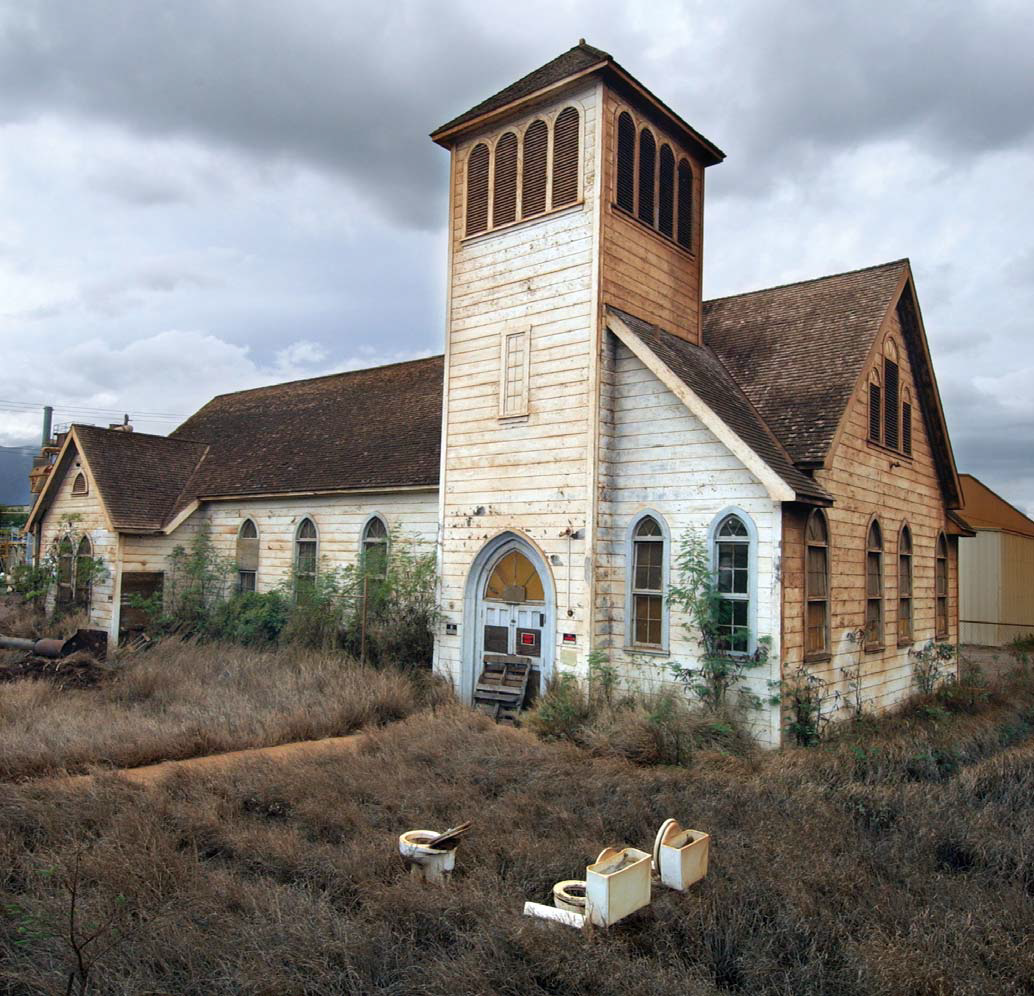Waimano Ridge (2009) LOST
Photos: Courtesy of David Croxford Update: 2010 Article Written By: Jenny Quill, HONOLULU Magazine According to Janice Okubo, a spokesperson for the Hawai‘i state Department of Health, the 12 support buildings built between 1936 and 1954 at Waimano Ridge, formerly Waimano Training School and Hospital, are set to be demolished. At press time, a contract had been awarded for the demolition of the structures and work was expected to begin within a few months. LISTED AS ENDANGERED IN 2009 Article Written By: Jenny Quill, HONOLULU Magazine What is it? Located on approximately 265 acres of land above Pearl City residential neighborhoods, Waimano Ridge was home to the Waimano Training School and Hospital (WTSH), an institutional incarceration facility for people with developmental disabilities. Established in 1919, the hospital, which was originally known as the Waimano Home for the Feebleminded, was shuttered in 1999 following years of rumors about dingy conditions and questionable patient treatment. Today, Waimano Ridge is a medical facility in transition. It currently hosts a number of state organizations and programs: The old Waimano Training School and Hospital was renovated and is being used by the Department of Public Safety. Other buildings house Department of Health (DOH) offices, the DOH Laboratory facility, Mental Health Transformation State Incentive Grant offices and a juvenile sex offender program. “[Waimano Ridge] is definitely being used, which is appropriate given our terrible economic situation,” says DOH director Dr. Chiyome Fukino. What threatens it? Following the hospital’s closure, its support buildings, the oldest of which were built in the mid-1930s, and the newest of which, Hale Aloha, was built in 1977, languished into disrepair until the Department of Health decided to transform Waimano Ridge into a modern medical community. Bringing the site up to code, however, has required significant updating. [...]


